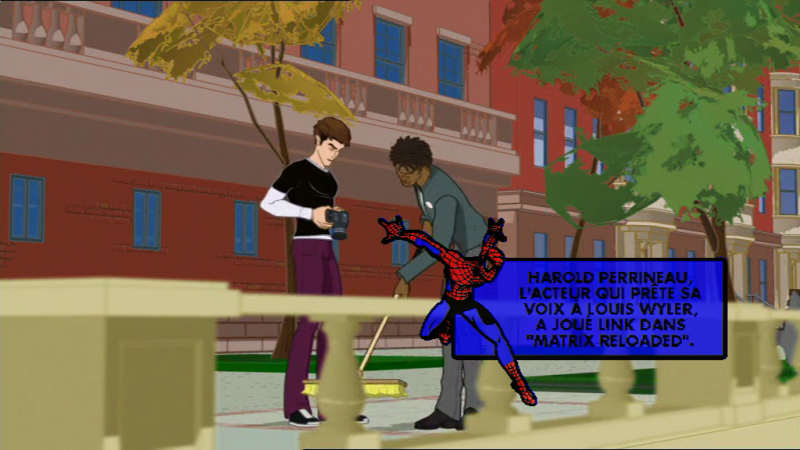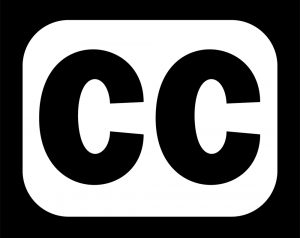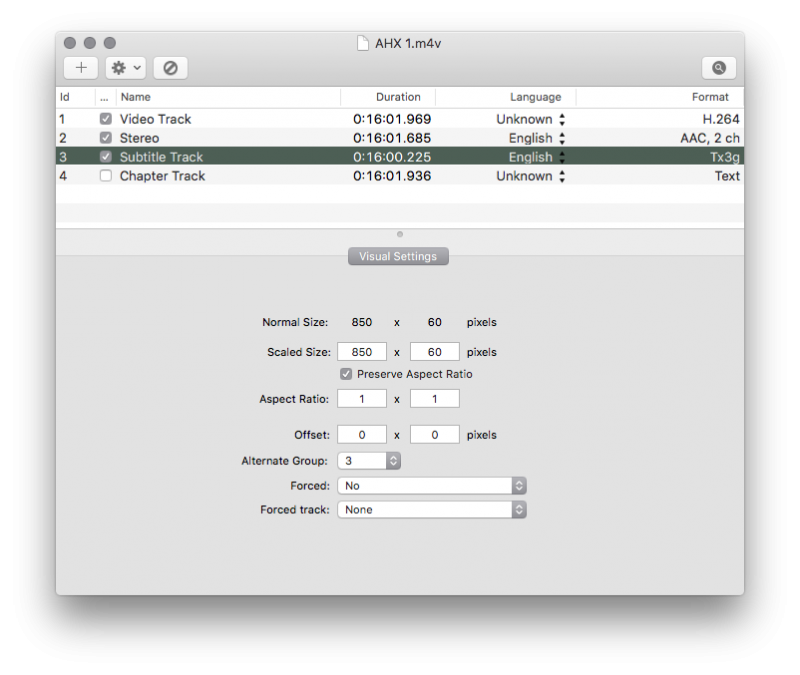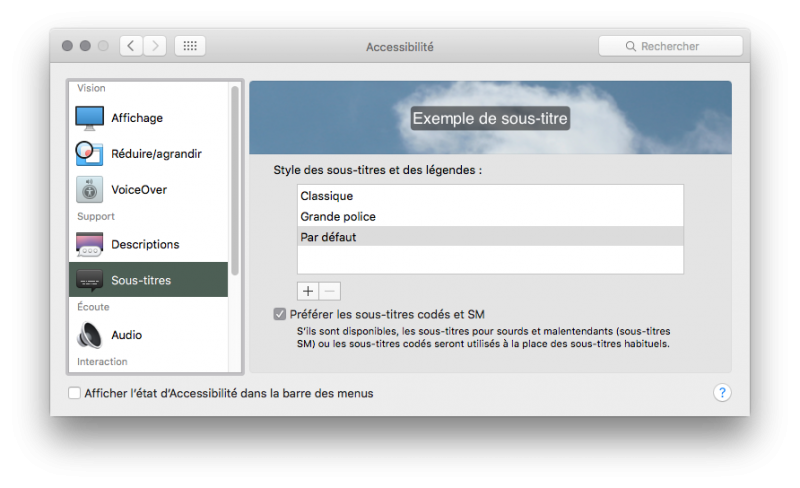Subtitles on DVDs. Said like that, it does not seem very entertaining. However, technical solutions are interesting (and not very practical in some cases).
First of all, hardly known in Europe, the DVDs can contain two types of subtitles. Rarely known as European DVDs (PAL) are limited to one technology.
In all regions, the DVDs may contain « VOB » subtitles. This is actually a bitmap that can fill the entire screen (720 x 576 PAL), with a limited number of colors, 4 of 16. If the majority of DVDs use technology for subtitles, this is not always the case: some distort the function to display information on the screen, such as trivia facts.
In the animated Spider-Man series, for example, they take the form of representations of the Spider Man with informations about the characters.
Technically, the real default is that subtitles are images. It is impossible to easily retrieve the text (except by using an OCR) or change the font or text size. Similarly, programs that encode the DVDs usually offer only one option: to integrate data directly into the picture. The choice was quite logical at that time: displaying an overprinted image is much easier than rendering in real time and the chosen solution has the advantage of standardizing the result.
The second solution, only available in NTSC, uses coded captions in the image itself, called the CC (Closed Caption). Technically, the data is encoded in line 21 of an NTSC signal and may contain 32 characters. The decoding of the subtitles is rarely performed by the DVD player itself but rather by the TV or an external decoder for practical matters.
It is generally admitted that the DVD technology is used for the words spoken on the screen and the CC is chosen for coding information for the hearing impaired.
Technically, it is possible to directly retrieve information in text format (HandBrake allows for example to integrate them into an MP4 or MKV container), and software for data retrieval exist. Once in a container, Subler (a software) can recover the data as a classical SRT file.
For those who are wondering, the Apple DVD Player provides a good option to read subtitles, but it is not obvious: you have to make a secondary click on the image of a DVD and choose Enable closed captioning.
The CC has advantages, but also drawbacks. First, it is obviously limited to a single language and does not work on PAL. Secondly, it is dependent on the quality of the connection (and its type), a poor composite signal or a HDMI DVD player may prevent the display of subtitles. Finally, the CC is not always displayed in the same way , since the rendering is done by the receiver: text size, color or font may vary.
It should be noted that PAL DVDs do not contain data in teletext format, while the Laserdisc sometimes used this technology for subtitling in Europe.






